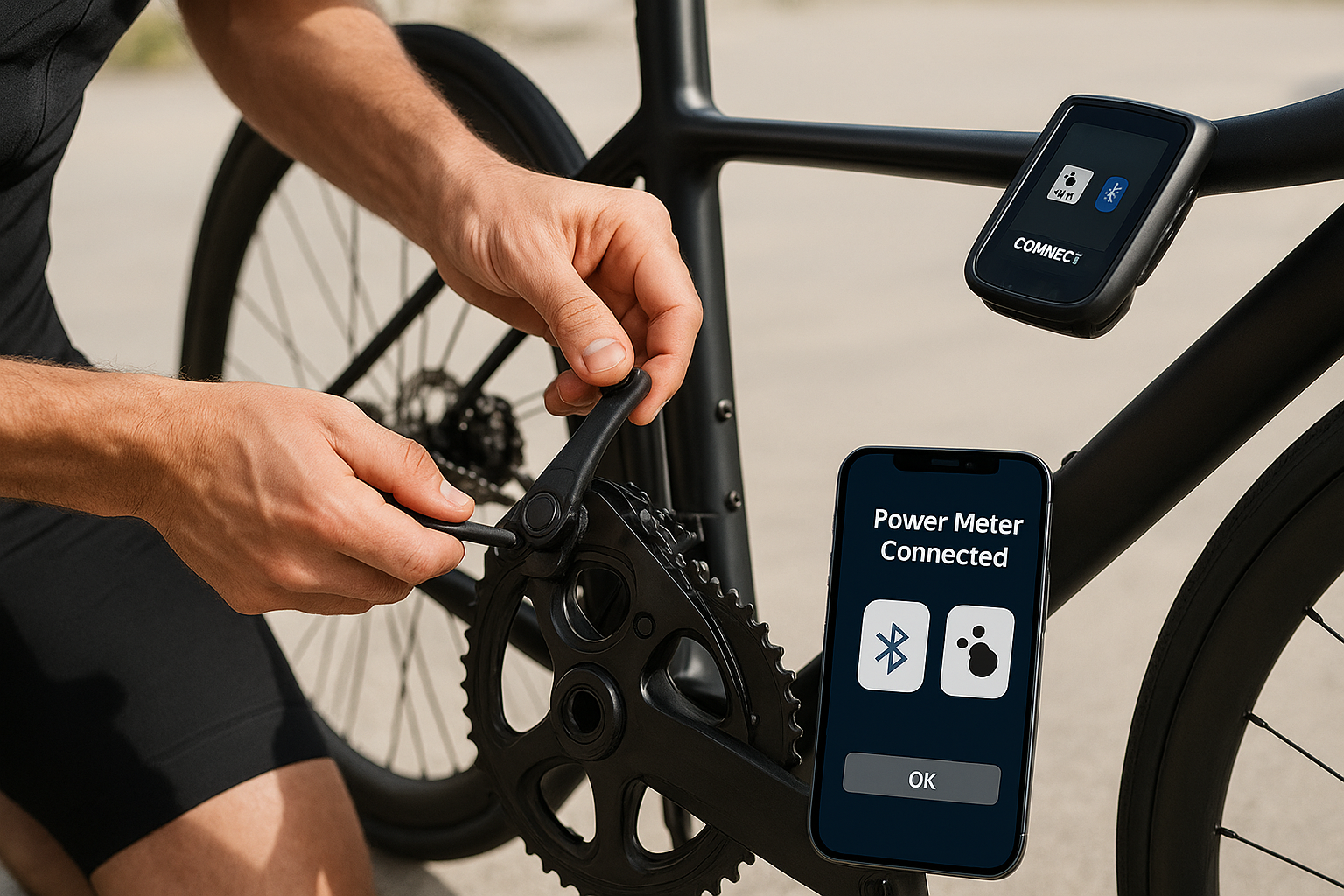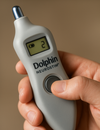
In the world of cycling tech, data is power. Whether you’re training for a race or tracking your daily rides, understanding your performance metrics — like power, cadence, and heart rate — is essential. But when connecting your sensors to your bike computer or smartphone, there’s one question every cyclist faces: Bluetooth or ANT+?
Both are wireless communication protocols used in cycling devices, but they differ in range, connectivity, and compatibility. Let’s break down the Bluetooth vs ANT+ debate so you can decide which works best for your rides.
What Are Bluetooth and ANT+?
Before we compare, let’s define the two:
-
Bluetooth: A universal wireless protocol found in most smartphones, tablets, and computers. It connects devices one-to-one (like your phone to your headphones).
-
ANT+: A specialized wireless protocol created for sports and fitness devices. It’s used by Garmin, Wahoo, Favero, and other performance tech brands.
Both transmit real-time data from your sensors — such as power meters, heart rate straps, and speed sensors — to your display device. But they do it differently.
Key Differences Between Bluetooth and ANT+
| Feature | Bluetooth | ANT+ |
|---|---|---|
| Connection Type | One-to-one | One-to-many |
| Range | Around 10 meters | Up to 30 meters |
| Data Sharing | Private | Can broadcast to multiple devices |
| Compatibility | Works with smartphones, tablets | Works with most cycling computers |
| Power Consumption | Low | Very low |
| Setup Simplicity | Plug and play | May require pairing through bike computer |
Bluetooth: Simple and Universal
Bluetooth is built into nearly every modern device, making it incredibly easy to use.
Pros:
-
Universal Compatibility: Works with smartphones and apps like Zwift, Strava, and TrainerRoad.
-
Easy Setup: Just pair and go — no extra steps or dongles needed.
-
Stable Connection: Reliable for single-device setups.
Cons:
-
One-to-One Limitation: You can’t broadcast to multiple devices simultaneously.
Example: If your power meter is connected to your phone, it can’t also connect to your bike computer at the same time.
-
Slightly Shorter Range: Best for close proximity use, like indoor training.
Best for: Cyclists using smartphones or tablets for tracking rides or virtual training.
ANT+: The Cyclist’s Network Standard
ANT+ is the long-time favorite of serious cyclists and triathletes. It was designed specifically for sports data — and that shows in its flexibility.
Pros:
-
Multi-Device Broadcasting: One sensor can transmit data to multiple devices simultaneously.
Example: Your power meter can send data to your Garmin head unit and your indoor trainer at once.
-
Longer Range & Stability: Ideal for outdoor riding and competition setups.
-
Widespread Compatibility: Works seamlessly with most bike computers and head units.
Cons:
-
Limited Smartphone Support: Most phones don’t have built-in ANT+; you may need a USB dongle or bridge.
-
Slightly More Complex Setup: Pairing sometimes requires manual configuration on cycling computers.
Best for: Riders using Garmin or Wahoo bike computers who want multiple connections at once.
Bluetooth vs ANT+: Which Is Better for You?
Your ideal choice depends on your riding style and setup:
| Rider Type | Best Option | Why |
|---|---|---|
| Indoor Trainer Cyclist | Bluetooth | Easy phone/tablet pairing for apps like Zwift or Rouvy |
| Outdoor Performance Rider | ANT+ | Connects multiple devices (power meter, GPS, head unit) |
| Casual Rider | Bluetooth | Simpler to use, no extra gear required |
| Competitive Cyclist | ANT+ | Reliable multi-channel data for serious training |
For most cyclists, dual-protocol devices (like the Favero Assioma power meters) offer the best of both worlds — supporting both Bluetooth and ANT+ connections. That means you can train indoors via Bluetooth and ride outdoors via ANT+ without switching gear.
Final Verdict
When it comes to Bluetooth vs ANT+, there’s no one-size-fits-all answer:
-
Choose Bluetooth for simplicity, smartphone pairing, and indoor use.
-
Choose ANT+ for reliability, data-sharing flexibility, and advanced cycling setups.
If your device supports both, you’ll always stay connected — no matter how or where you ride.




